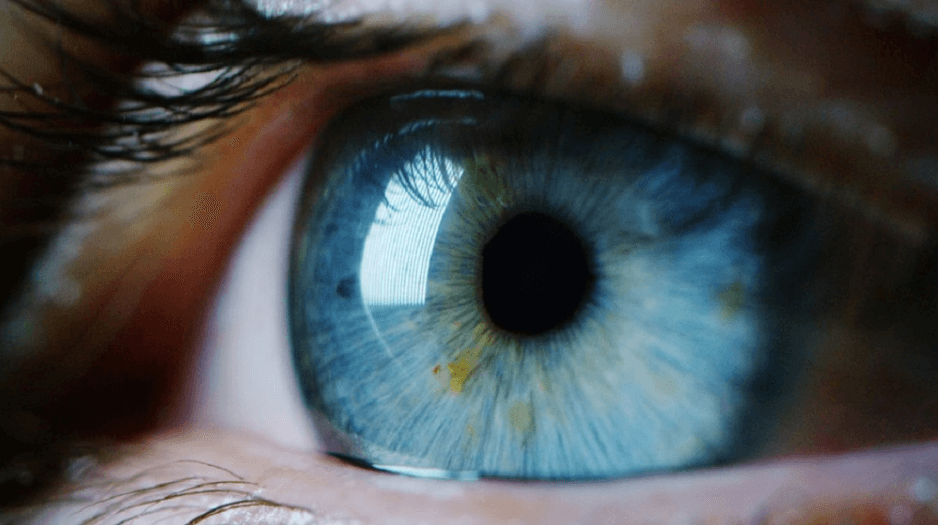Researchers from Leipzig’s Max Planck Institute for Human Cognitive and Brain Sciences (MPI CBS) and Trondheim’s Systems Neuroscience have created software that employs artificial intelligence to predict eye location and motions straight from MRI data. When it comes to neurological illnesses, eye-movement patterns are typically a symptom. This method allows for the speedy and inexpensive study and diagnostics.
Eye Movements Are Predicted By Artificial Intelligence
With the help of this modern-day technology, it will be easier for the experts to detect the medical condition of the particular part without going deep in reports or asking for the same. However, this technology is yet into the developing stage, and it will be taken through many more trials before launching the same for practical use in the field. The experts who have tested the data are much hopeful about promising results of this technology in the coming days, which will be a huge support to the field and people at large.

Through our eyes, a vast amount of data is constantly fed into our brains. Magnetic resonance imaging can be used to measure the ensuing brain activity (MRI). Eye movements measured precisely during an MRI scan can reveal a lot to scientists about our thoughts, memories, and current ambitions, as well as brain illnesses.
It allows for tracking of participants’ viewing behavior during an MRI scan even without the use of a camera. “We employ a neural network to detect specific patterns in MRI signals from the eyes. This enables us to anticipate where the person will gaze. Because we often don’t know exactly which patterns to seek for as scientists, artificial intelligence comes in handy, “Markus Frey elucidates.
“Because an MRI has a very strong magnetic field, you can’t use standard cameras in it. You need special MRI-compatible equipment which is often not feasible for clinics and small laboratories due to the high costs and time-intensive use.”
According to Matthias Nau, co-author of the study and co-developer of the new alternative with Markus Frey and Christian Doeller, the costly cost of these cameras, as well as the time and effort required to learn how to operate them, have kept eye tracking from becoming widely used in MRI scans. That might change now. The researchers from Leipzig and Trondheim just published “DeepMReye”.
Because of the data he and his colleagues used to train the neural network, the program can now do eye-tracking even on datasets that it has never been trained on before. This opens up a lot of doors. For example, existing MRI data that were recorded without eye tracking can now be used to analyze the gaze behavior of participants and patients. Scientists might leverage older studies and data sets to solve whole new issues in this way.
Furthermore, the software can forecast whether or not the eyes are open or closed, and it can track eye movements even while they are closed. This could allow eye tracking to be done even when study participants are sleeping. “I can imagine that the software will also be used in the clinical field, for example, in the sleep lab to study eye movements in different sleep stages,” says Matthias Nau.
Furthermore, because correct calibration was difficult for blind individuals, standard eye-tracking cameras were rarely employed. “Here to studies can be carried out more easily with DeepMReye as the artificial intelligence can be calibrated with the help of healthy subjects and then be applied in examinations of blind patients.” As a result, the software might be used in a wide range of research and clinical situations, possibly leading to eye-tracking being a norm in MRI studies and regular clinical practice.
DeepMReye is free and open-source software that can be downloaded from GitHub.